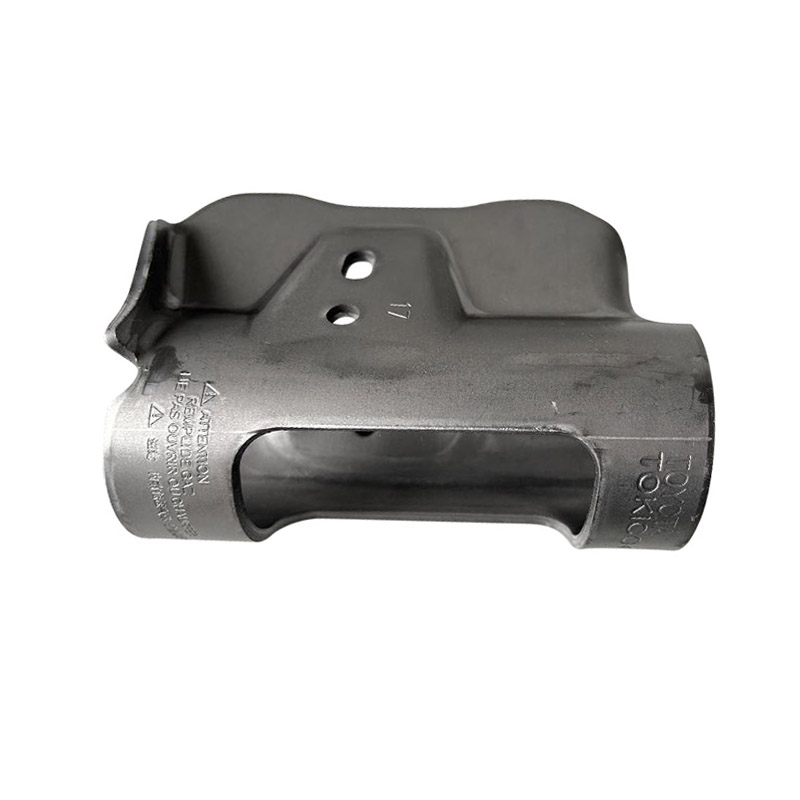Key shock absorber components include
2023-10-16
Shock absorber components are essential parts of a vehicle's suspension system that help manage and dampen the effects of road irregularities, providing a smoother and more controlled ride. Shock absorbers, also known as dampers, work to absorb and dissipate energy generated by vehicle movement, ensuring that the tires maintain contact with the road surface for optimal handling, stability, and comfort. Various components contribute to the functionality of shock absorbers in a suspension system.
Key shock absorber components include:
1. Cylinder: The cylinder is a tube that houses the internal components of the shock absorber. It contains the piston, valves, and hydraulic fluid.
2. Piston: The piston moves within the cylinder in response to changes in the vehicle's movement. It helps control the flow of hydraulic fluid to dampen the motion.
3. Valves: Shock absorbers contain valves that regulate the flow of hydraulic fluid between different chambers within the cylinder. These valves determine the rate of damping and how the shock absorber responds to various road conditions.
4. Hydraulic Fluid: The hydraulic fluid, also known as damping fluid, is responsible for transmitting force and heat within the shock absorber. It plays a crucial role in controlling the motion of the vehicle.
5. Seals and Bushings: Seals prevent hydraulic fluid from leaking out and contaminants from entering the shock absorber. Bushings provide a smooth pivot point for the movement of the shock absorber.
6. Mounts: Shock absorbers are mounted to the vehicle's chassis and suspension components using mounts. These mounts allow the shock absorber to move and pivot as the suspension compresses and rebounds.
7. Coil Springs: Many vehicles use coil springs in combination with shock absorbers. Coil springs support the weight of the vehicle and provide additional suspension travel. The shock absorbers help control the motion of the springs.
8. Gas Chambers (Gas Shock Absorbers): Gas shock absorbers incorporate a gas chamber to reduce foaming of the hydraulic fluid and improve overall damping performance, especially during rapid suspension movements.
9. Adjustment Features: Some shock absorbers come with adjustable features that allow users to fine-tune the damping characteristics according to driving preferences or specific road conditions.
10. Struts (Strut-Type Shock Absorbers): In some vehicles, the shock absorbers are integrated with other components like coil springs and support structures, forming a unit called a strut. Struts perform the same damping function as traditional shock absorbers but also provide structural support.
11. External Reservoir (Remote Reservoir Shock Absorbers): High-performance applications may use shock absorbers with external reservoirs that provide additional damping capacity and heat dissipation.
12. Electronic Damping Control: Some advanced shock absorbers are equipped with electronic control systems that can adjust damping rates in real-time based on sensor inputs and vehicle conditions.
Shock absorber components work together to maintain stable handling, reduce vibrations, and enhance overall comfort during vehicle operation. Regular inspection and maintenance of shock absorbers are important to ensure optimal performance and safety on the road. Damaged or worn shock absorbers can negatively impact vehicle stability and handling.



